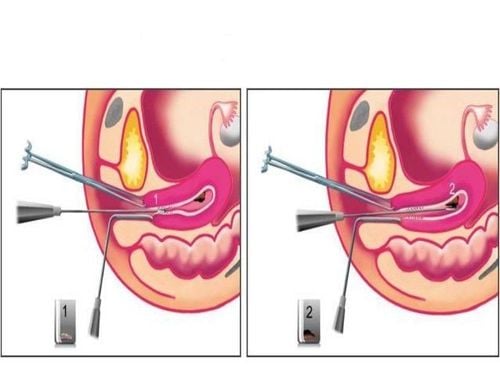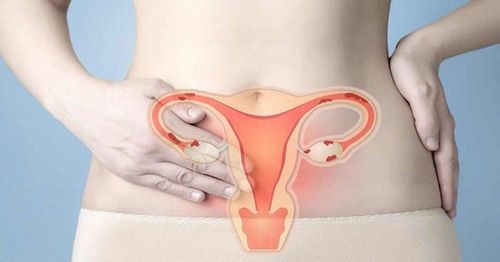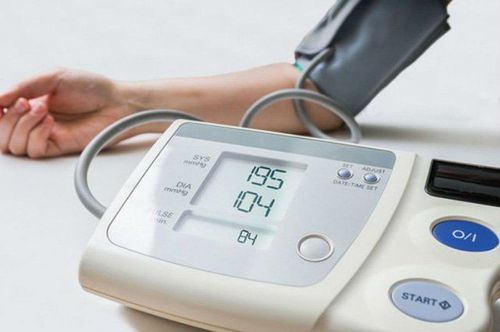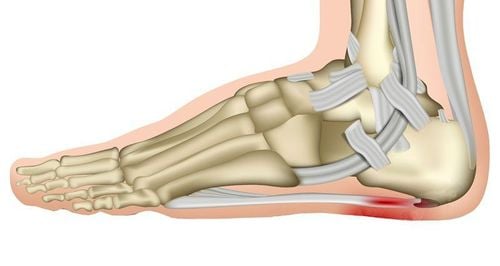Nội dung bạn đang tìm kiếm không có phiên bản tiếng Việt.
Vui lòng chọn tiếp tục để xem nội dung tiếng Anh hoặc đi đến trang chủ Tiếng Việt.
Rất xin lỗi về sự bất tiện này.

Home
Tag Endometrial hyperplasia
Articles in Endometrial hyperplasia

Uterine biopsy: What you need to know
Endometrial curettage biopsy is often combined with hysteroscopy to accurately observe the location where the curettage biopsy is needed. Endometrial curettage biopsy has very important diagnostic value, however, this procedure is often not performed continuously or performed too many times.
Xem thêm

Endometrial proliferation and cancer risk
Endometrial hyperplasia is an increase in the number and density of endometrial glandular cells caused by excessive estrogen stimulation without changes in progesterone during the menstrual cycle. It is the excessive proliferation of endometrial cells that causes the cells that make up this lining to become increasingly crowded and abnormal, and can lead to cancer in some cases.
Xem thêm

Benign disease in the lining of the uterus requires treatment?
The uterus is an extremely important organ for women. The cervix is also a structure that helps produce mucus to create favorable conditions for the combination phase, helping sperm move deep inside the uterus to the fallopian tubes for conception. However, with such an important role, the uterus is also the place where many obstetric and gynecological diseases occur that women need to pay special attention to.
Xem thêm

Causes of endometrial hyperplasia
Endometrial hyperplasia, also known as endometrial hyperplasia, is a condition of abnormal proliferation of glands in the endometrium in terms of size and shape, causing the glandular/stromal ratio to increase compared to the normal endometrium. The main cause is due to excess estrogen or progesterone deficiency of the corpus luteum.
Xem thêm













